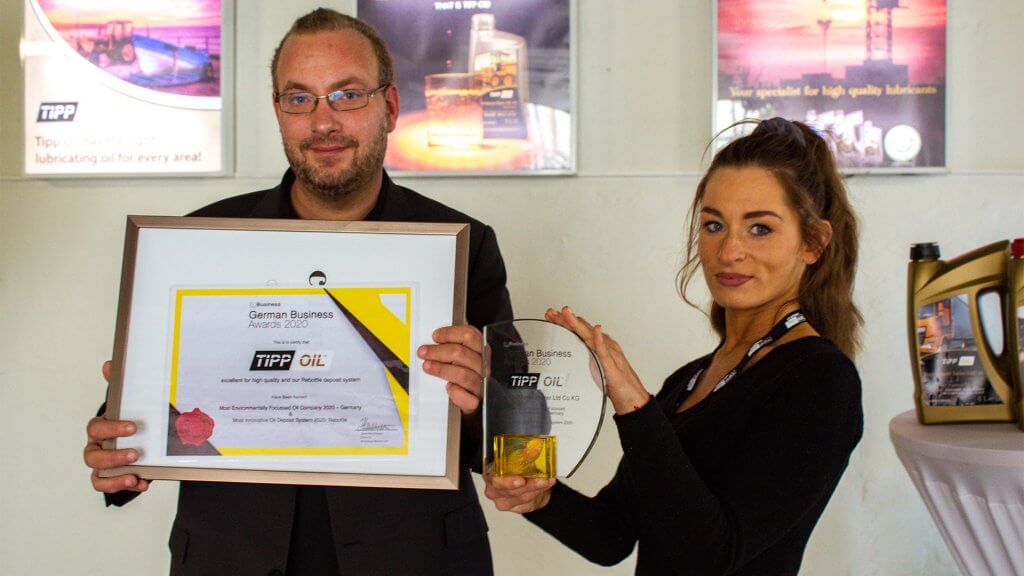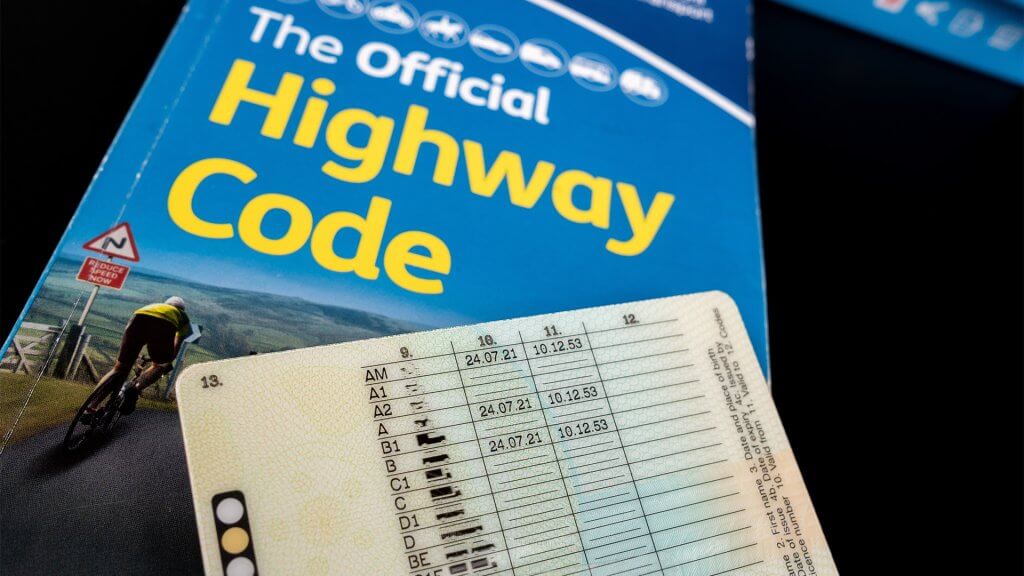
In the past
Woolworths and Wilko
Woolworths opened its doors in 1879 in New York and was renowned for selling products at a low price. When it came over to Liverpool,
Their inventory was no longer unique and they sold lots of the same thing (40 types of pencil cases at one point). They eventually closed in 2008, and amongst an already high unemployment rate, Woolworths put 30,000 more people out of a job. But why didn’t similar company Wilko (Wilkinson) follow the same route?
Instead of falling short to the recession, the company capitalised off it by recognising people’s interest in DIY instead of paying a contractor and offering low prices. The second thing lies with their ability to recognise the need for a rebrand. In 2014, the company took steps to rebrand themselves from Wilkinson to Wilko and launched
Comet and Currys
Comet was another high street name that resulted
Opposing this story is Currys, owned by Dixons Carphone. Currys was founded in 1884 by Henry Curry, who his business began by stocking bicycles, toys, radios, and gramophones. After floating on the stock exchange, the company began to sell small and large electrical equipment. As with many electrical companies, Currys has faced heavy competition from the online availability of similar goods at a lower price. It has made some strong strategic partners to keep its head above water. Owned by Dixons Carphone (a merger between Dixons Retail and Carphone Warehouse Group), Currys and PC World stores were merged to become one superbrand. This allowed costs to be cut, in terms of fixed assets, and sales to continue.
Following the rise of internet usage, they established an e-commerce presence too. They created themselves a very smart supply chain through ‘dropshipping’. This is where Maplin listed products on their website that they weren’t
BHS and Marks and Spencer
BHS announced its closure in 2016 following its 88-year presence in the UK. Similar to the other failed brands, this was down to its inability to remain on trend. Although it tried to incorporate some of its names from its Arcadia owner, they were never enough to keep people coming back. Although the company had a strong reputation for homeware in the 1980s, they tried to specialise in too many areas by including fashion and food in their stores. As a result, they didn’t sell anything that was unique to BHS as a brand or that was well-priced, so ultimately their customers shopped elsewhere.
Marks and Spencer
What should business owners do?
So, as a business owner, what can you do to avoid your business following the route of a failed high-street corporation? Here are a few tips:
– Rebrand when you think it is necessary – Although it may be a risk, if you are seeing losses it could be what might save your company. Many agencies are experienced in rebrands and attracting a whole new target market.
– Keeping on top of recent trends – It may seem obvious, but many business owners simply sit back and watch as consumer trends change, as they think their successful brand will remain the same. However, by monitoring what your consumers are doing, you can keep ahead of the game.
– Ensuring you have high-quality customer service – Although the internet can offer convenience, it cannot offer the customer service that your business might be able to provide. Make sure that customers can contact you with ease and you are specialised in your area.
– Sensible stock management – Make sure that you are stocking what you need and nothing more, if demand begins to fall you may be left with unsellable stock that will negatively affect your cash flow.
– Reassess your product line – Is it unique? If customers can purchase your products elsewhere for a lower price, it is highly likely that they will. Evaluate the profitability of your products regularly to ensure they are still able to generate revenue.
Sources
https://www.theguardian.com/business/2008/nov/19/woolworths-retail-department-stores
https://www.retailgazette.co.uk/blog/2017/01/maplin-toasts-to-successful-christmas-trading-period/


























